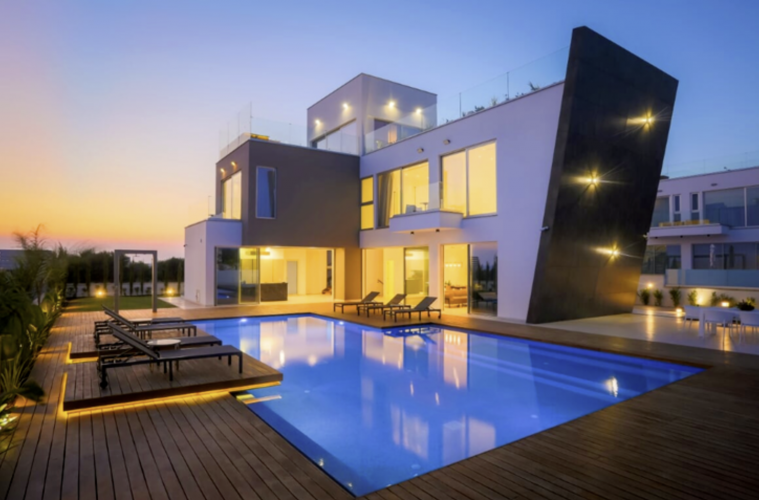Designing a custom home will lend to a different timeline and a different set of requirements, as compared to commercial multi-family projects. However, most custom homes follow a common cadence that seems accurate for most single-family residential designs.
Depending on the complexity and size of the design, the timeline may vary from one architecture company to another. How long the house plans take to complete is also contingent on the owner’s decision-making abilities. Because house plans involve the collaboration of architects, builders, electricians, plumbers, homeowners, and government officials, estimating your wait time isn’t a simple equation. Remember, pinpointing the amount of time it will take to receive a complete custom house plan isn’t as simple as calculating an architect’s average draw time, as this fails to address several building code provisions.
A complacent house plan can lead to conflict and even poor execution, which is why it’s critical to allow the client time to review the house plans and make suggestions for edits before you commence the construction process. Below is a breakdown of the entire house-plan-drawing timeline.
Initial client conversations and contact
The initial conversations/brainstorming phase with a potential client can last anywhere from a week to a few months. In these initial encounters, a client will determine if the architect and their portfolio is a good fit for their project in-the-making, which is an essential step in guaranteeing the satisfaction of the customer.
The duration of this first-point-of-contact phase varies, as different clients contact architects at different stages of the design process. Some may seek help while still looking for a property, while others may contact an architect when they are ready to start the project. After reaching an agreement on the project’s schedule and budget, you can proceed to the next phase.
Filling out a questionnaire
Once you have signed an agreement with the architecture firm, they’ll administer a questionnaire that you, as the client, will have to complete. The questionnaire is a full account of what you want in your custom home. On the questionnaire, you can document your needs, goals, and the must-haves of your dream home. This questionnaire usually takes about a week to complete. A great tip for streamlining the questionnaire phase is to use your current or past home(s) as a comparative guide that will inform the design elements, layouts, built-in storage, electrical placements you want to adopt in your new home, while simultaneously revealing the design elements and layouts that flopped in your current/former home.
Information gathering and documentation
This is one of the most involved phases of the project. Here, the architects perform site visits to assess the existing conditions. The architecture firm you hired will be responsible to coordinate with other experts in the field, such as geotechnical engineers and surveyors. They will also need to be in contact with the city to gather records on the property and get clarity on building and zoning codes.
This phase also involves reviewing the questionnaire you submitted and any other materials you submitted for inspiration, such as a screenshot of a design element online, photos from a model home, or a Pinterest board of inspiring projects. This phase is usually completed within a three-week window.
Generating a diagram of the project
In this phase, architects create a schematic design after collecting information from previous phases, cross-referencing it, and filtering through it to develop physical diagrams. During this phase, you will hold several meetings with the architecture firm you hired and review several design concepts. After agreeing on a design, the diagrams will then be developed into a 3D model.
In order to make a thoughtful decision, you’ll be allowed to take the designs home and assess whether or not they fit your requirements. This phase typically takes two meetings over a duration of two months.
Developing the design and acquiring permit documents
As you continue to check-off items on your to-do list and make informed decisions regarding your dream home, the architect will organize the building assemblies and develop your specifications such as electrical, materials, appliances, and plumbing.
Here, the civil and structural engineering documents, as well as information from consultants, are factored into the design. This phase typically takes about a month to complete. Don’t be overwhelmed by the wide variety of specification choices out there. Be wary of the temptation to broaden your spectrum of appliances, materials, or fixtures. Precision and a well-defined vision will ease tensions along the way.
Submitting the permits and construction documents
In this phase, the architect will complete the documents to a technical level proficiency, including window and door schedules, building sections, and other specific detailing. Jurisdiction requirements such as stormwater retention design, energy code requirements, and job site protection will be accounted for in this phase. Once the construction documents are submitted, the designing timeline will be complete. Instead of waiting around for the full completion of your construction documents, your architecture firm can send a set for prior review by the building department.
This should save on time since there are details like material transitions, surface color, or finishes that aren’t relevant to the building department. It’ll also give the architect time to wrap-up the construction document details, as the building department begins reviewing the construction documents.
In the design/construction process, you should always expect the unexpected. Other elements that can add weeks to the timeline include but aren’t limited to: community covenants, approval of septic systems by the health department, and utility approval by the water supplier.
Final word
For most custom single-family residence designs, it’s accurate to say that it will take approximately four months for the architects to complete the project draw up. This four-month design schedule gives the architects, the consultants, and the clients ample time to do their job right for a fulfilling final product.

